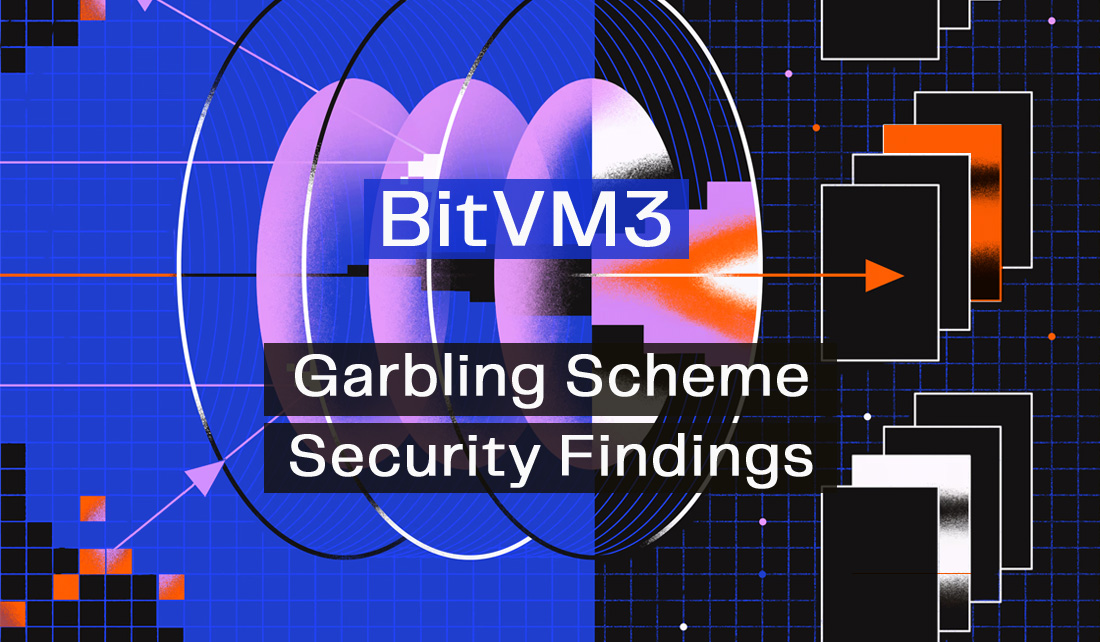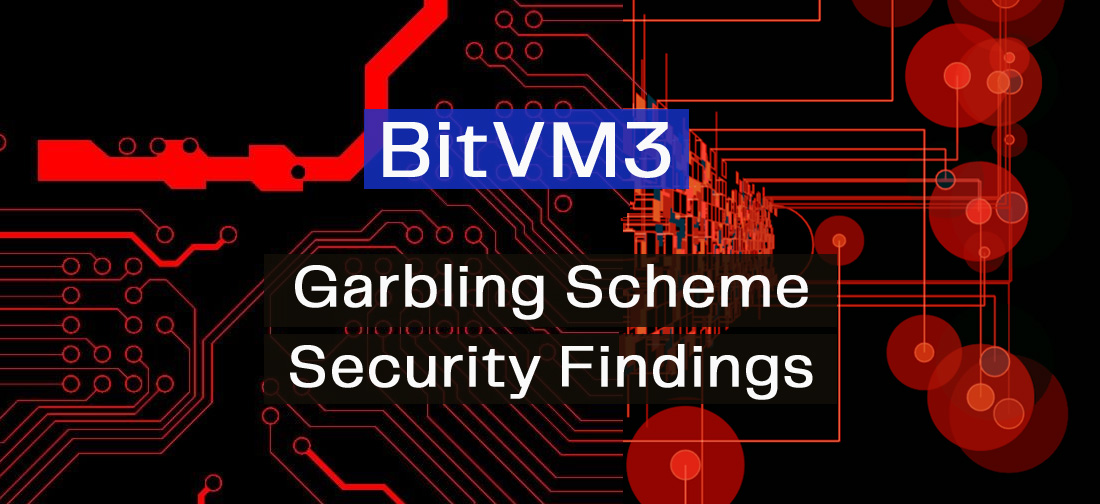Computing on Bitcoin #47
July 11, 2025 - Week 28
Welcome to a new edition of Computing on Bitcoin News.
Each week, we highlight the research, projects, and ideas that are redefining what’s possible with Bitcoin.
Whether you’re building, learning, or simply exploring, these updates will keep you connected to the pulse of innovation. Let’s get into it.
That’s all for this week’s Computing on Bitcoin News.
Thanks for reading and staying engaged with the ideas pushing Bitcoin’s evolution forward. We’ll be back next Friday with more insights, research, and stories from the frontier of decentralized systems.
—The Fairgate Team










